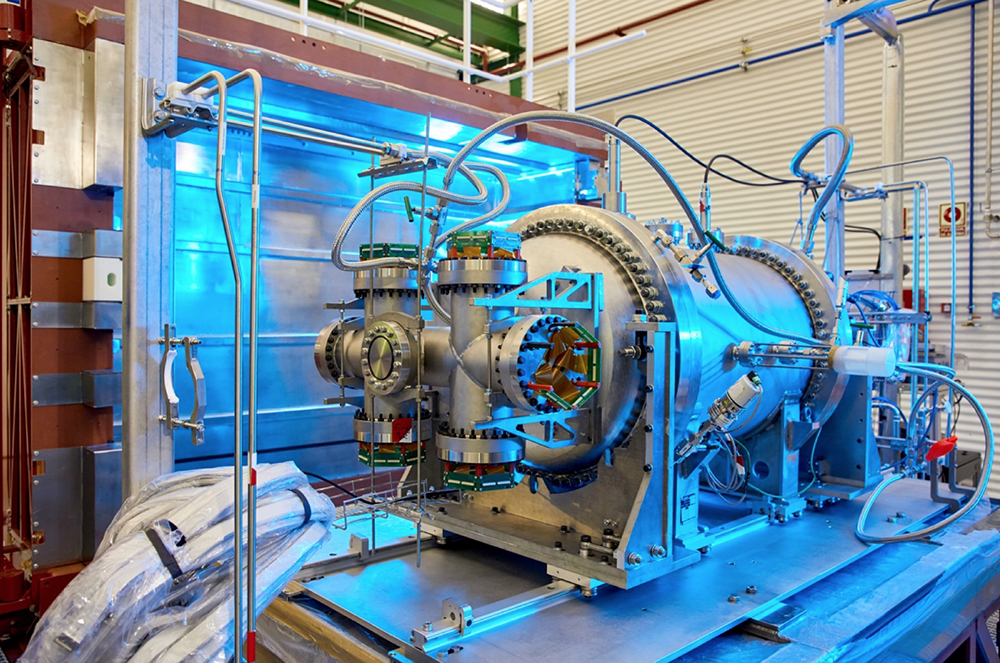
© Jorge Quiñoa
The Canfranc Underground Laboratory (LSC) is a first class deep underground laboratory designed for research in neutrino physics, dark matter and other unusual phenomena in nature that require very low environmental radioactivity to be observed. The location of the LSC at 800 meters below ground is excavated between the Somport road tunnel and the former railway tunnel, about 8 km long on the Spain-France border. Today, LSC is the second largest deep underground laboratory in Europe, in close collaboration with the most important underground laboratories in the international context: LNGS (Italy), SNOLab (Canada) and Kamioka (Japan). The history of the laboratory begins in 1986, with the pioneering work in Spain by the team led by Angel Morales from the University of Zaragoza. Today, the LSC is a unique multidisciplinary scientific and technical facility (ICTS), regulated as a consortium formed by the Ministry of Science and Innovation, the Government of Aragon and the University of Zaragoza, with a surface area of 1600 m2 and a volume of 10,000 m3 in the underground laboratory equipped with an outstanding number of facilities. The main underground infrastructure, called LAB2400, is divided into Hall A, the largest experimental area with 600 m2, Hall B and C and service area. The rest of the annexed underground infrastructures are called LAB2500 and LAB780 respectively, according to their distance from the Spanish entrance to the railway tunnel. In the LSC, ten international collaborations, with more than 450 scientists and engineers, carry out their research in the frontier between particle physics and astroparticle physics, geodynamics or biology.




